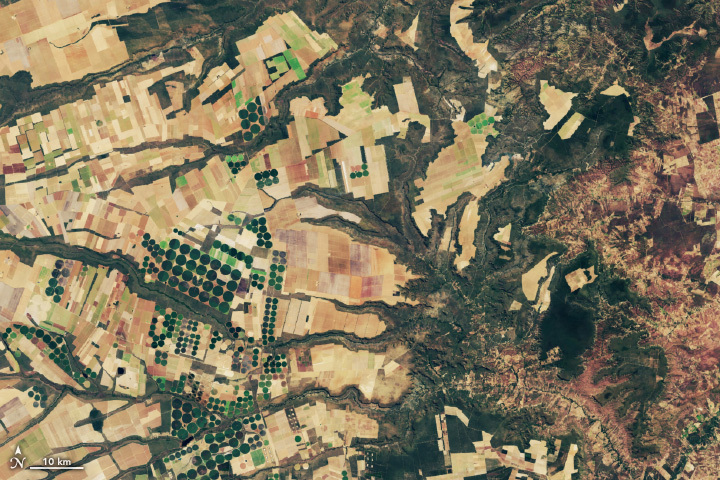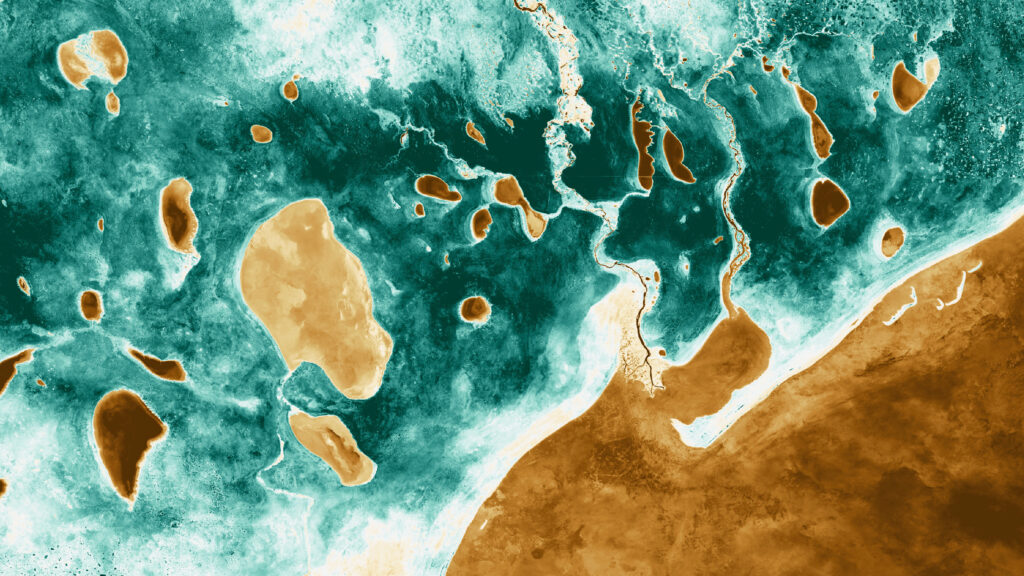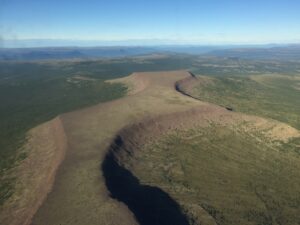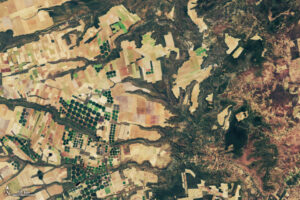Surface water effects climate, energy, biodiversity, agriculture, transportation, human health and culture. Yet static maps miss the dynamic movement of surface water. To map that change, the element of time must be introduced.
In his TEDx talk, Belward asserts, “If we’re going to map this, ideally, we have a time machine. But we don’t have a time machine; we do have satellites.”
He then explains how his team used over 3 million Landsat images collected between 1984 and 2015 to map the worldwide movement of surface water. This was made possible by the freely available and well maintained Landsat data archive and processing power of Google Earth Engine.
What would have taken 1200 years of continuous processing by one computer, was done in short order by Google Earth Engine’s cluster of over 10,000 computers.
Belward and his team calculated that over 90,000 km2 of water was lost over three decades, while 184,000 km2 of surface water was gained during that time period because of dam construction and the expansion of lakes in the Himalayas wrought by climate change (increased snowmelt and glacier runoff).
To help us see and better manage our impact on surface water, Belward worked with the Copernius Program and Google Earth Engine to make all of these maps and data publicly available at https://global-surface-water.appspot.com.
Further Reading:
+ Landsat Maps Global Surface Water
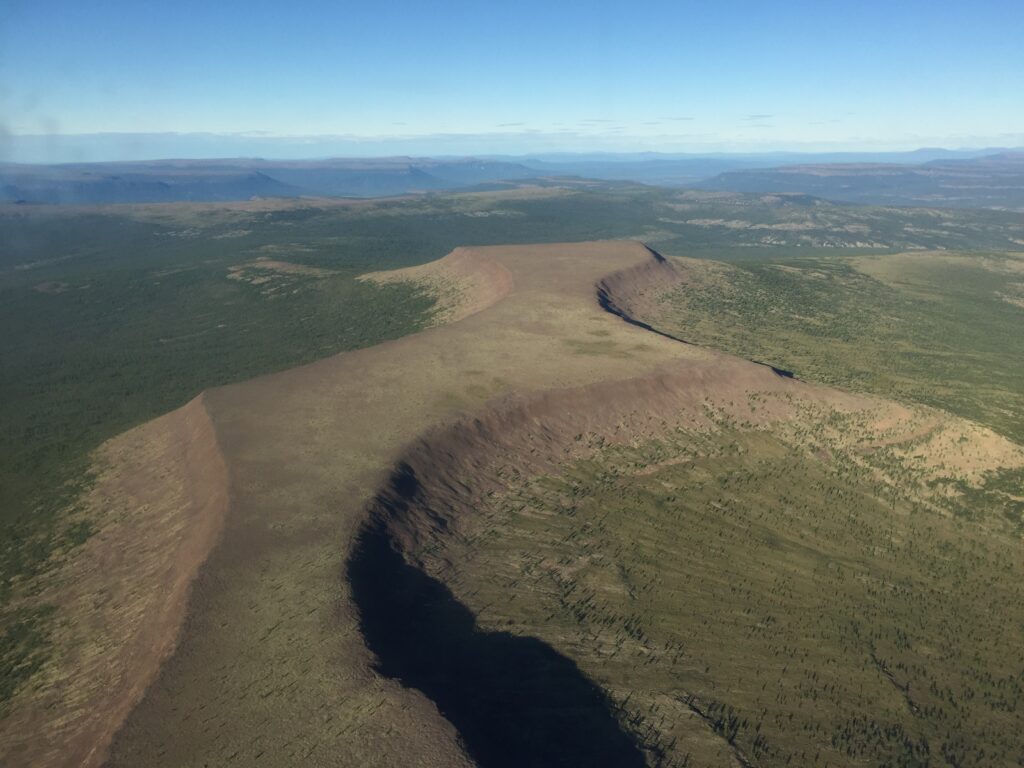
NASA Study Finds Potential Carbon Sink in Boreal Forest Growth
New research led by Landsat 8/9 Project Scientist Chris Neigh used Landsat and ICESat-2 data to investigate how boreal forests growth could sequester carbon.

